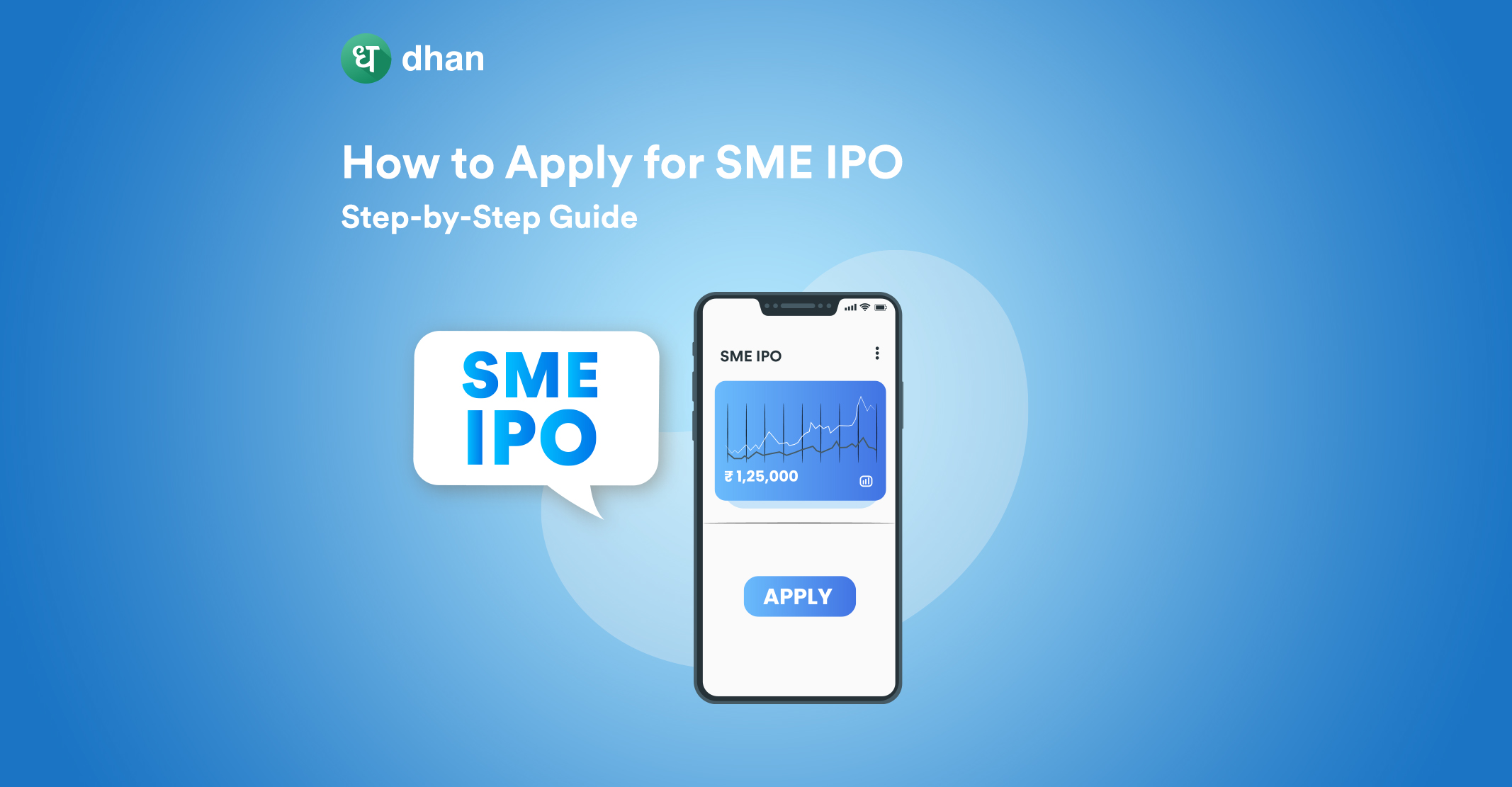SME IPOs, short for Small and Medium Enterprise Initial Public Offerings, present a solid opportunity for investors to participate in the growth of promising small and medium businesses. If you’re eager to join this exciting investment landscape and wondering how to apply for SME IPO, look no further.
Understanding SME IPOs
SME IPOs are Small and Medium Enterprises Initial Public Offerings. It refers to the process through which small and medium-sized companies offer their shares to the public for the first time.
Through the IPO, SMEs can raise capital by selling a portion of their company to investors. SME IPOs typically involve companies that have a relatively smaller market capitalization.
These companies look to expand their operations or fund specific projects using the money raised via the IPO.
SME IPOs follow a similar process to mainboard IPOs, including regulatory requirements and investor subscription, but are specifically designed for smaller companies seeking access to the public markets.
Eligibility Criteria for SME IPO
The eligibility criteria for SME IPOs may vary depending on the regulatory framework and jurisdiction. However, here are some common factors considered for SMEs seeking to go public through an IPO:
1. Track Record
Irrespective of the SME’s legal structure (proprietary, partnership, private limited, public limited, or other), it must have data for at least three years prior to applying for an IPO.
2. Company Profit
In some cases, for SME IPO eligibility, the company is required to have operating profit in at least one of the preceding three years, indicating profitability on an operating basis during that period.
3. Net Tangible Asset
To become a listed company via an SME IPO, a company typically needs to have net tangible assets of at least 1.5 crores. Once the eligibility criteria are met, a team of experts can assist with the SME listing process.
4. Paid Up Capital
If your company intends to be listed as an SME IPO, it should have a maximum post-issue paid-up capital of 25 crores or less. If the SME hasn’t been in operation for three years, it must have received financing from banks, financial institutions, or the central/state government.
Additionally, a group company should have a documented presence on the mainboard or SME board of the Exchange for at least two years. The converted company needs to have positive cash integration (earnings before depreciation and tax) in any of the last three years, along with a positive net worth.
5. Agreement & Legal Requirements
The SME must have an agreement with both of India’s depositories – NSDL and CDSL. At the same time, the SME must not have any disciplinary action going against it or on its track record for the last 3 years.
How to Apply for SME IPO: Step-by-Step Process
Here is a step-by-step guide on how investors can apply for an IPO:
Step 1: Open a Demat Account
To participate in an IPO, you’ll need a demat account, which is a digital account to hold securities like the shares you’ll get from an SME IPO application. If you don’t have one, open a Demat account.
Step 2: Monitor IPO Announcements
Keep an eye on IPO announcements through financial news channels, websites, or official notifications from stock exchanges. The announcement will provide details such as the opening and closing dates of the IPO, the price band, and the lot size. On Dhan, you’ll get communications for NSE and BSE SME IPOs.
Step 3: Apply for the IPO
Once the IPO opens, you can apply for it through various channels. This can be done online through a web trading platform or a stock trading app. Ensure that you provide accurate information, including the number of lots you wish to apply for and the price you are willing to pay.
Step 4: Bid and Payment
Determine the bid price within the price band specified in the IPO announcement. You can place your bid at the cut-off price, which allows the system to allocate shares based on the final price.
Alternatively, you can place a bid at a specific price within the band. Make sure you have sufficient funds in your bank account linked to your Demat account to cover the bid amount.
Step 5: Allotment and Refunds
After the IPO closes, the company and the stock exchange carry out the allotment process. The shares are allocated based on the demand received and the availability of shares.
If you’re lucky and your IPO subscription is successful, the shares will be transferred to your demat account. If the shares are not allotted, the bid amount will be refunded to your bank account.
How to Sell SME IPO Shares?
Once an SME IPO’s subscription period ends, it is sooner or later listed on the stock exchange. Selling your SME IPO shares is thus similar to selling any other share on the stock market. You can do it via your stock investing platform.
How to sell SME IPO shares:
- Open Dhan App
- Figure out how much quantity of SME IPO shares you want to sell
- Place a sell order for it at the market price
Or, use a feature like Forever Order in case you have a specific price target in mind for the future.
After the sale, the settlement process will begin, and the proceeds will be deposited into your account, which you can keep or transfer to your bank account. The settlement cycle in the stock market is now T+1 days.
Pointers for a Successful SME IPO Application
Here are some pointers when considering how to apply SME IPO successfully:
1. Research, Research, Research
Before you invest in an SME IPO, it’s essential to understand the company’s business model, offerings, target market, and competitive landscape.
Once this is clear, you will have all the information you need to evaluate the company’s growth prospects.
Studying the IPO prospectus would help, of course, but you must conduct your own research to gather as much information as possible.
2. Evaluate USPs
Assess the unique selling points and competitive advantage of the SME going public. A strong competitive advantage can contribute to the long-term success and growth potential of the SME. Think of factors like intellectual property, market positioning, brand strength, and barriers to entry.
3. Deep Dive into the Financials
At the end of the day, the success of a company depends on profits, even if it’s an SME. You can assess the SME’s finances before investing in the IPO by reviewing the financial statements.
Look for factors like revenue growth, profitability, and cash flow as well as the business model. Seasoned investors are known to pay attention to key financial ratios and indicators such as debt levels.
4. Evaluate the Management Team
The folks running the business have the ability to make or break it, especially after an influx of funds from an IPO. You must thus examine the SME’s management team.
Identify whether they have a solid track record and experience in the industry. Pay keen attention to the vision they have for the company and the roadmap and strategy they have planned.
5. Acknowledge the Risks
Evaluate the potential risks associated with the SME’s industry and the regulatory pitfalls it may face. Don’t forget to read the fine print in the DRHP so that you can make an informed investing decision.
Conclusion
As an investor looking to explore opportunities in the market, understanding how to apply for SME IPO is crucial. By following a step-by-step guide, you can navigate the process with confidence.
From opening a Demat account to monitoring IPO announcements, bidding, and trading, each stage contributes to your successful participation. Conducting due diligence, preparing financial statements, and engaging reputable experts are vital to a seamless application.



